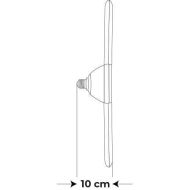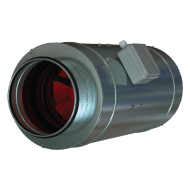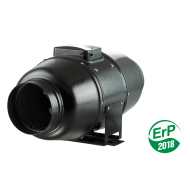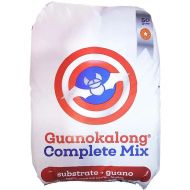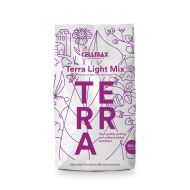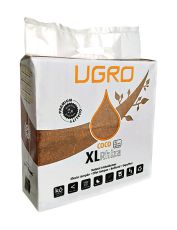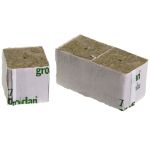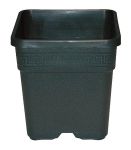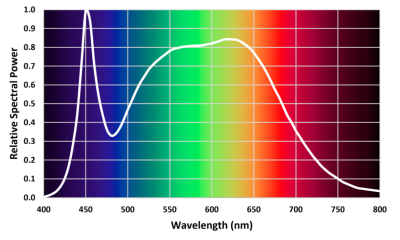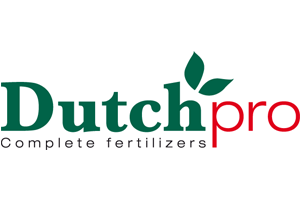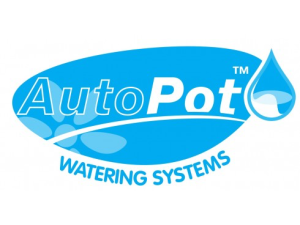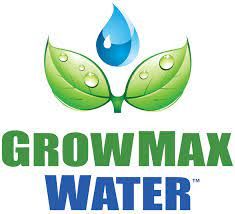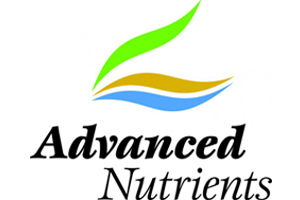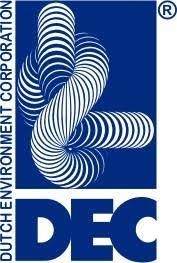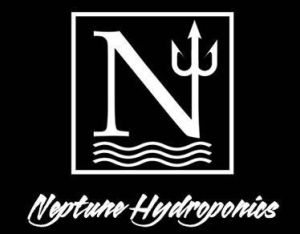Ако все още не знаете какво точно представляват торовете и защо са толкова важни за селското стопанство, настоящата образователна статия ще ви подготви за тази неизменна част от отглеждането на растения.
Естество
Торовете са съединения, давани на растенията за насърчаване на растежа. Те обикновено се прилагат или чрез почвата, или чрез листно хранене. Могат да бъдат органични (съставени от органична материя) или неорганични (направени от прости, неорганични химикали или минерали). Могат също така да бъдат естествено срещащи се съединения, като торф или минерални отлагания, или произведени чрез естествени процеси (като компостиране) или химически процеси.
Торовете обикновено съдържат в различни пропорции трите основни хранителни вещества (азот, фосфор и калий), вторичните растителни хранителни вещества (калций, сяра, магнезий) и понякога микроелементи, които играят роля в храненето на растенията: , хлор, манган, желязо, цинк, мед и молибден.
История
Торовете са може би една от най-големите нововъведения в аграрната революция на ХІХ век.
Ключови имена
Химикът Юстус фон Либих допринася значително за напредъка в разбирането на храненето на растенията. Неговите влиятелни произведения за първи път денонсират жизненоважната теория за хумуса, като първо изтъкват значението на амоняка, а по-късно и значението на неорганичните минерали. Главната му работа успява да изложи важните въпроси на земеделските науки. В Англия той се опитва да реализира своите теории в търговската мрежа.
По това време в Англия сър Джон Бенет Лот е експериментирал с култури и животински торове във фермата си в Харпенден и през 1842 г. е успял да произведе суперфосфат от фосфатите в скалите.
Във Франция Жан Батист Бусинго откриха, че количеството азот в различните видове торове е от изключителна важност.
В първите десетилетия на ХХ век химиците и носители на Нобелова награда Карл Бош и Фриц Хабер разработват процеса, който позволява азотът да бъде евтино синтезиран в амоняк за последващо окисляване в нитрати и нитрити.
Почистване на почвата
Почистването или култивирането са методи за подобряване на качеството на почвите с оглед подобряване на плодородието. Растенията се нуждаят от различни елементи. Още ранните келти са добавяли водорасли, за да подобрят слабите почви. Но тъй като науката усъвършенства почвеното тестване, вече е възможно да знаем с точност от какво се нуждае нашата земя.
Азотът е елементът в почвата, който най-често липсва. Фосфор и калий също са необходими в значителни количества. Поради тази причина тези три елемента са включени в търговските торове, а съдържанието на всеки от тях е посочено върху етикетите. Например, върху една опаковка холандски торове 10-10-15 означава, че има 10% азот, 10% фосфор и 15% калий. Неорганичните торове обикновено са по-евтини и имат по-високи концентрации от хранителни вещества, отколкото органичните.
Макронутриенти и микронутриенти
Торовете могат да се разделят на макронутриенти или микронутриенти въз основа на техните концентрации. Има 6 макронутрита: азот, фосфор и калий, често наричани "първични", както и "вторични" - калций, магнезий и сяра. Има много микронутриенти, необходими за растенията, които включват желязо (Fe), манган (Mn), бор (В), мед (Cu), молибден (Mo), никел (Ni), хлор (Cl) и цинк (Zn).
Селскостопански и градинарски
По принцип селскостопанските торове съдържат само един или два макроелемента. Земеделските са предназначени да се прилагат рядко и обикновено преди или по време на засяване. От друга страна, градинските или специални торове са формулирани от много от същите съединения.
Земеделските могат да бъдат водоразтворими с незабавно освобождаване или относително неразтворими с контролирано освобождаване. Много от продуктите с контролирано освобождаване като тези на Atami и BioBIZZ са предназначени да се прилагат приблизително на всеки 3-6 месеца, в зависимост от напояването, скоростта на растеж и други условия, докато водоразтворимите трябва да се прилагат поне веднъж на 1-2 седмици.
Азотни торове
Азотният тор често се синтезира, като се използва процесът на Хабер-Бош, който произвежда амоняк. Този амоняк се прилага директно в почвата или се използва за получаване на други съединения, особено амониев нитрат и карбамид. Азотните торове се използват най-често за обработка на полетата, използвани за отглеждане на царевица, ечемик, сорго, рапица, соя и слънчоглед.
Здраве и устойчивост
В много страни съществува мнението, че неорганичните торове "отровят почвата" и водят до "нискокачествено" производство. Въпреки това, има много малко (ако има такива) научни доказателства в подкрепа на тези възгледи. Когато се използва подходящо, неорганичните торове повишават растежа на растенията, натрупването на органични вещества и биологичната активност на почвата. Ефектът е неоспорим, независимо дали използвате доказаните във времето холандски торове или по-обикновени продукти, закупени от най-близкия гроу шоп (grow shop).
Органични торове
Съществуват някои неясноти при използването на термина "органичен", тъй като някои от синтетичните торове като карбамид и уреа-формалдехид са напълно органични по смисъла на органичната химия. Въпреки че плътността на хранителните вещества в органичния материал е сравнително скромна, те имат някои предимства. От една страна, биологичните производители обикновено добиват някои или всички свои торове на място, като по този начин значително намаляват оперативните разходи. След това е въпросът колко ефективни са те за насърчаване на растежа на растенията. Отговорите са окуражаващи. Тъй като по-голямата част от органичните торове съдържат бавно неразтворим азот, тяхната ефективност може да бъде по-голяма от тази на конвенционалните.
Органичните торове имат и своите недостатъци. Както е посочено по-горе, те обикновено са разреден източник на хранителни вещества в сравнение с неорганичните и понякога трябва да се прилагат много големи количества. Това води до повишени разходи за транспорт и приложение. Съставът на органичните торове има тенденция да бъде силно променлив, така че точното. Следователно широкомащабното земеделие е склонно да разчита на неорганични торове, докато органичните са рентабилни за домашните градини или малък частен бизнес.
Неправилно обработените органични торове могат да съдържат патогени, вредни за хората или растенията. Въпреки това правилното компостиране на суровините, използвани в органичните торове, ще убие патогените.
Рискове от използването на торове
Проблемът с прекомерното торене е преди всичко свързан с използването на изкуствени торове, поради големите количества и разрушителния характер на химическите елементи върху структурите за задържане на хранителни вещества в почвата. Прекомерните приложения на азотни торове могат да доведат до проблеми с вредителите чрез увеличаване на тяхната популация.
Възможно е също така да се прилагат прекомерно органични торове, но тяхното съдържание на хранителни вещества, тяхната разтворимост и скоростите на отделяне обикновено са много по-ниски от тези на химическите торове. По своята същност, повечето органични торове осигуряват и по-големи физически и биологични механизми за съхранение на почвите, като имат тенденция да намаляват рисковете.
Добиването на широк кръг от информация означава за вас не само по-успешен бизнес или по-голямо удовлетворение от малката градина у дома. Всичко това е пряко свързано с качеството на храната, която приемате, а оттам – и със здравето на вас и вашите близки. Ето защо не трябва да спирате да се запознавате с новостите в селското стопанство и да бъдете винаги в крак с тенденциите и усъвършенстваните продукти. Погрижете се отговорно за вашето производство!









 Нови продукти
Нови продукти 






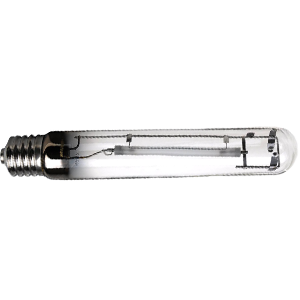



























































 Подаръци
Подаръци







































